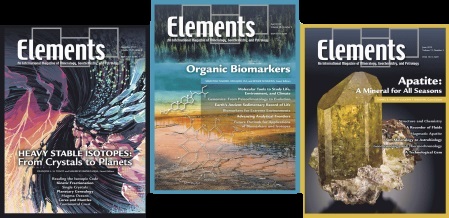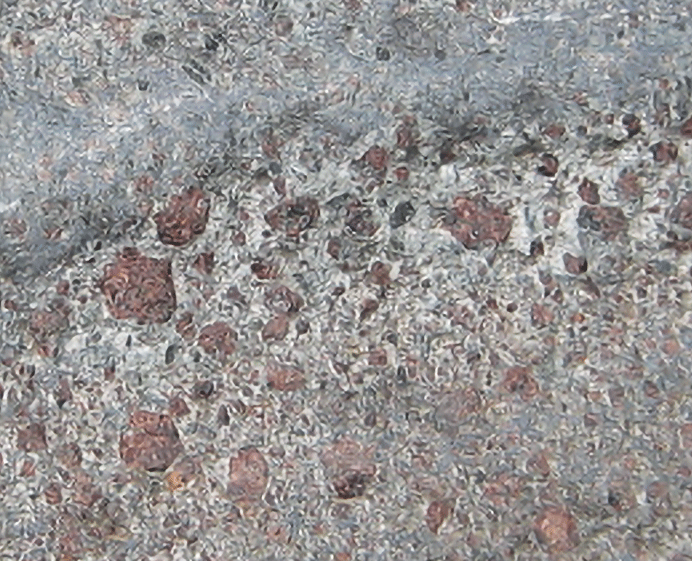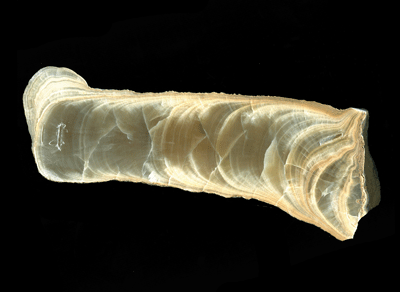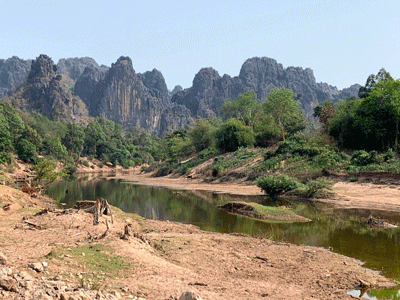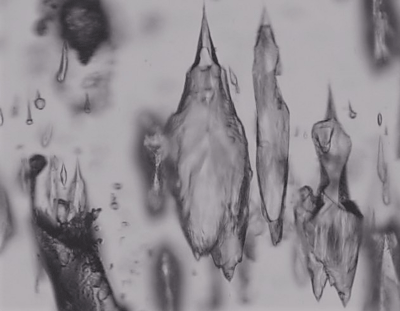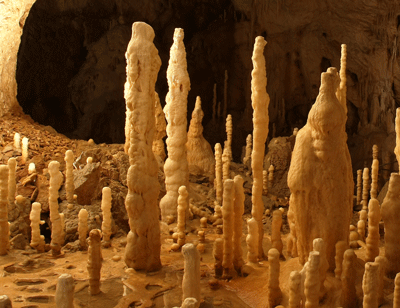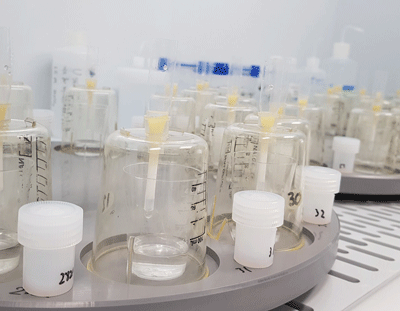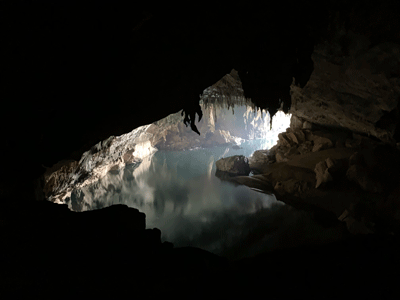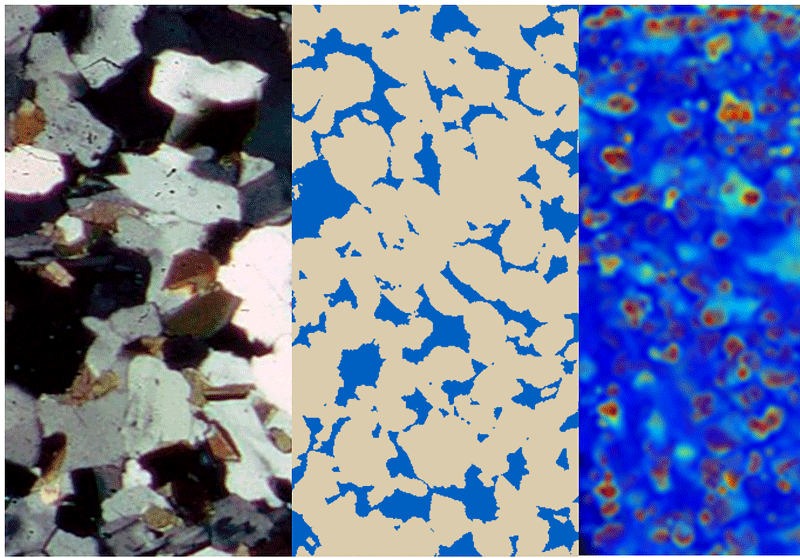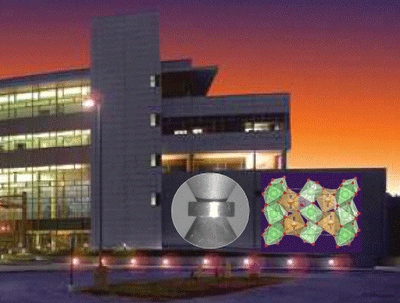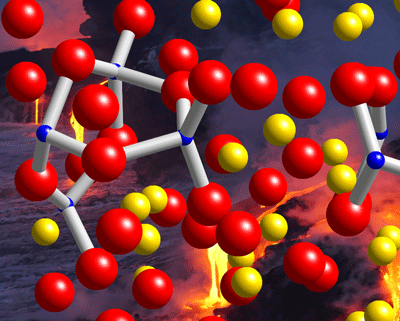Ocean Subduction Dynamics in the Alps
The Alps preserve abundant oceanic blueschists and eclogites that exemplify the selective preservation of fragments of relatively short-lived, small, slow-spreading North Atlantic–type ocean basins whose subducting slabs reach down to the Mantle Transition Zone at most. Whereas no subducted fragments were returned during the first half of the subduction history, those exhumed afterwards experienced conditions typical of mature subduction zones worldwide. Sedimentary-dominated units were underplated intermittently, mostly at ~30–40 km depth. Some mafic–ultramafic-dominated units formed close to the continent were subducted to ~80 km and offscraped from the slab only a few million years before continental subduction. Spatiotemporal contrasts in burial and preservation of the fragments reveal how along-strike segmentation of the continental margin affects ocean subduction dynamics.
Ocean Subduction Dynamics in the Alps Read More »

